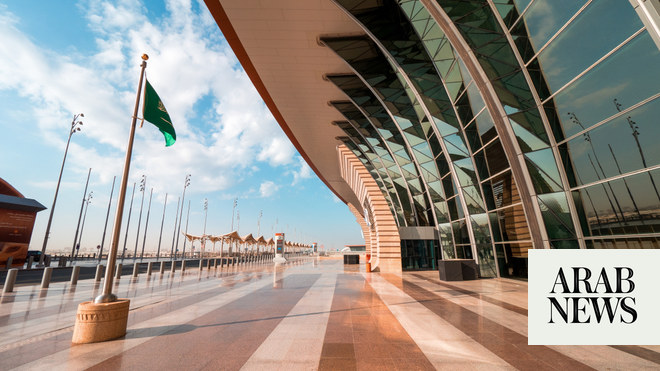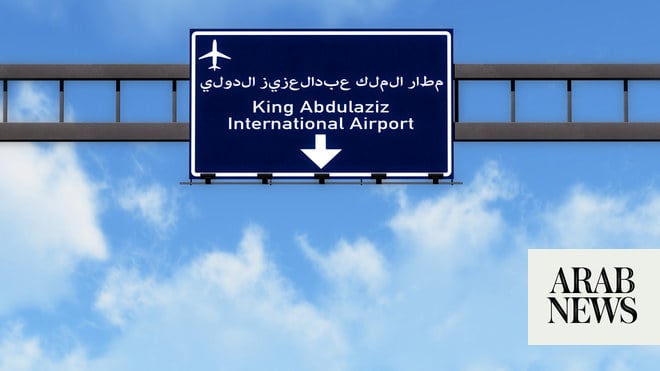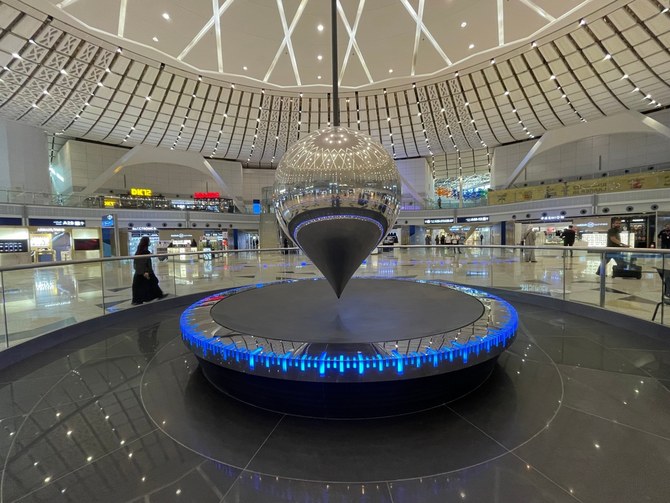
RIYADH: King Abdulaziz International Airport in Jeddah has once again been ranked top among international airports in Saudi Arabia for overall performance thanks to offering improved services to passengers amid the Kingdom’s efforts to attract 100 million visitors by 2030.
The latest monthly report by the General Authority for Civil Aviation evaluates the country’s airports’ commitment to implementing improvements based on 14 performance criteria including time spent in travel procedures, passports, customs areas and disability services.
With a compliance rate of 91 percent in July, up from 82 percent the previous month, King Abdulaziz International Airport, also known as Jeddah International Airport, topped the list where the number of passengers exceeded 15 million annually.
In the same ranking, King Khalid International Airport in Riyadh came second with a compliance rate of 82 percent for the second month in a row.
HIGHLIGHTS
With a compliance rate of 91 percent in July, up from 82 percent the previous month, King Abdulaziz International Airport topped the list where the number of passengers exceeded 15 million annually.
King Khalid International Airport in Riyadh came second with a compliance rate of 82 percent for the second month in a row.
Saudi Arabia is aiming to increase air connectivity to 250 destinations, reaching 330 million passengers, and double air cargo capacity to 4.5 million tons by 2030.
According to the GACA report, King Fahd International Airport maintained the first spot in the second category, where the number of passengers ranges between 5 to 15 million annually, with a compliance rate of 91 percent, up from 73 percent in June.
Prince Mohammad bin Abdulaziz International Airport followed with a rate of 82 percent, maintaining the same level as June.
As for the third category of international airports, where the number of passengers ranges between 2 and 5 million annually, Abha International Airport held a 100 percent compliance rate in July.
Meanwhile, Prince Naif Bin Abdulaziz International Airport ranked first in the fourth category of international airports that receive less than 2 million passengers annually, with a 100 percent compliance rate in July.
The fifth category is a ranking for domestic airports, in which Gurayat Airport came first, achieving a 100 percent rate.
The National Aviation Strategy is one of the key elements in Saudi Arabia’s Vision 2030 as the Kingdom aims to diversify its revenue sources by elevating its travel and tourism sector.
According to the National Aviation Strategy, Saudi Arabia is aiming to increase air connectivity to 250 destinations, reaching 330 million passengers, and double air cargo capacity to 4.5 million tons by 2030.









